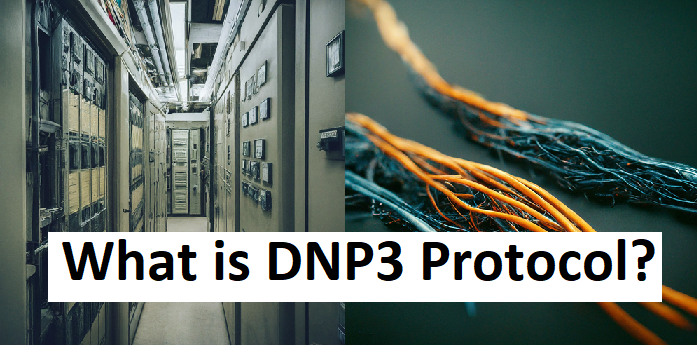What is DNP3 Protocol? – DNP3 is a widely used communication protocol in the energy automation industry, providing reliable and efficient data transmission between devices. Learn about its key features, applications, and components.

What is DNP3?
DNP3 (Distributed Network Protocol) is a widely used communication protocol in the energy automation industry, particularly for Supervisory Control and Data Acquisition (SCADA) systems. It provides a reliable and efficient way to transmit data between various devices, such as Remote Terminal Units (RTUs), Intelligent Electronic Devices (IEDs), and human-machine interfaces (HMIs).
Key Features of DNP3
- Interoperability: DNP3 is designed to ensure seamless communication between devices from different manufacturers, promoting standardization and flexibility in SCADA systems.
- Reliability: The protocol incorporates various mechanisms to enhance reliability, including error detection, retransmission, and acknowledgment. This helps to maintain data integrity and prevent disruptions in critical operations.
- Security: DNP3 offers security features to protect against unauthorized access and data tampering. These features include authentication, encryption, and access control.
- Flexibility: The protocol supports a wide range of data types and communication modes, making it adaptable to various applications and network topologies.
- Scalability: DNP3 can handle large-scale networks with numerous devices, making it suitable for both small and large-scale energy infrastructure projects.
DNP3 Applications
DNP3 is commonly used in the following areas:
- Power Generation: Monitoring and controlling power plants, including turbines, generators, and boilers.
- Transmission and Distribution: Managing power grids, including substations, transmission lines, and distribution feeders.
- Water and Wastewater: Controlling water treatment plants, pumping stations, and wastewater treatment facilities.
- Oil and Gas: Monitoring and controlling pipelines, refineries, and storage tanks.
DNP3 Components
A typical DNP3 network consists of the following components:
- Master Station: A central computer that initiates and controls communication with other devices in the network.
- Outstation: A remote device, such as an RTU or IED, that collects data from field devices and transmits it to the master station.
- Network Infrastructure: The physical components, such as cables, switches, and routers, that connect the devices in the network.
DNP3 Standards and Implementations
DNP3 is based on the IEC 60870-5-104 standard and has been widely adopted by various organizations and industries. Several commercial implementations of DNP3 are available, providing a range of features and functionalities to meet specific requirements.
In conclusion, DNP3 is a critical protocol for the energy automation industry, offering reliability, interoperability, and security. Its widespread adoption and continuous development ensure its relevance in the evolving landscape of SCADA systems.